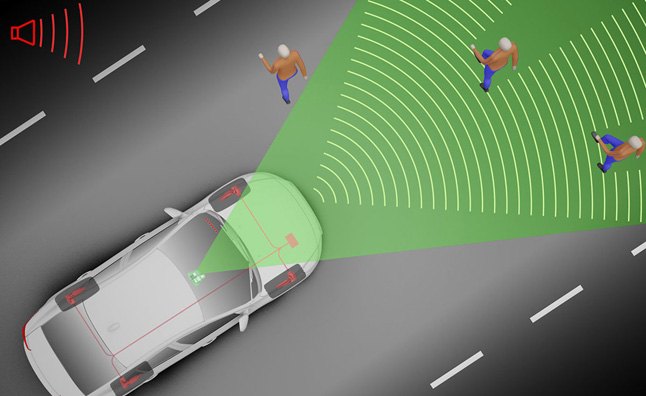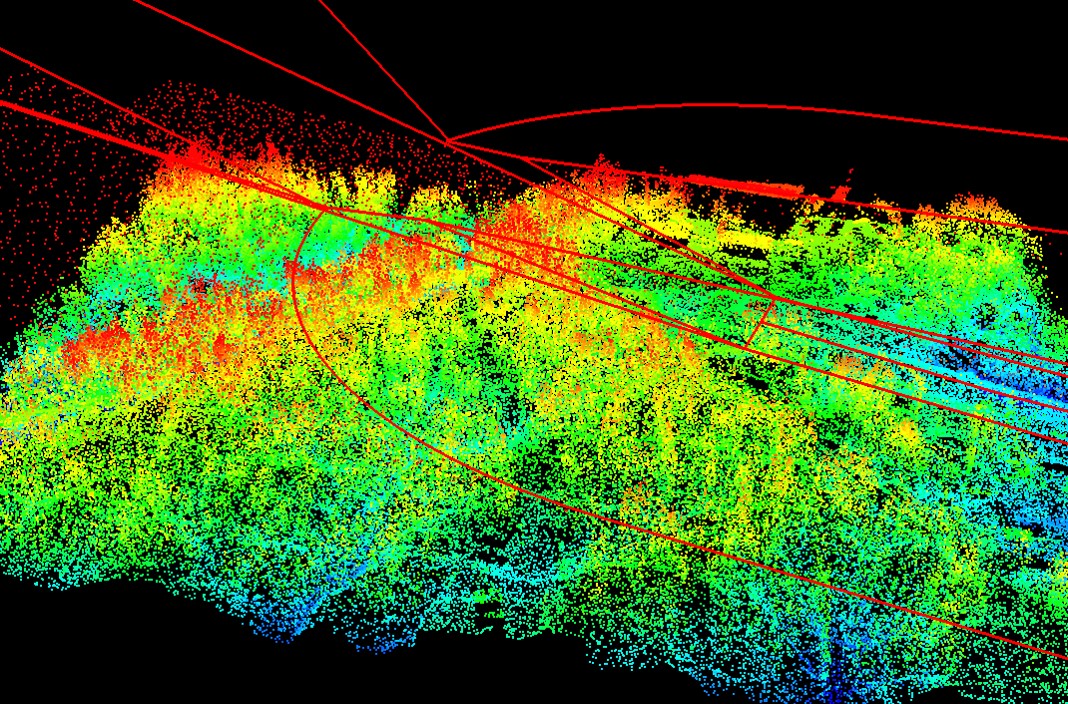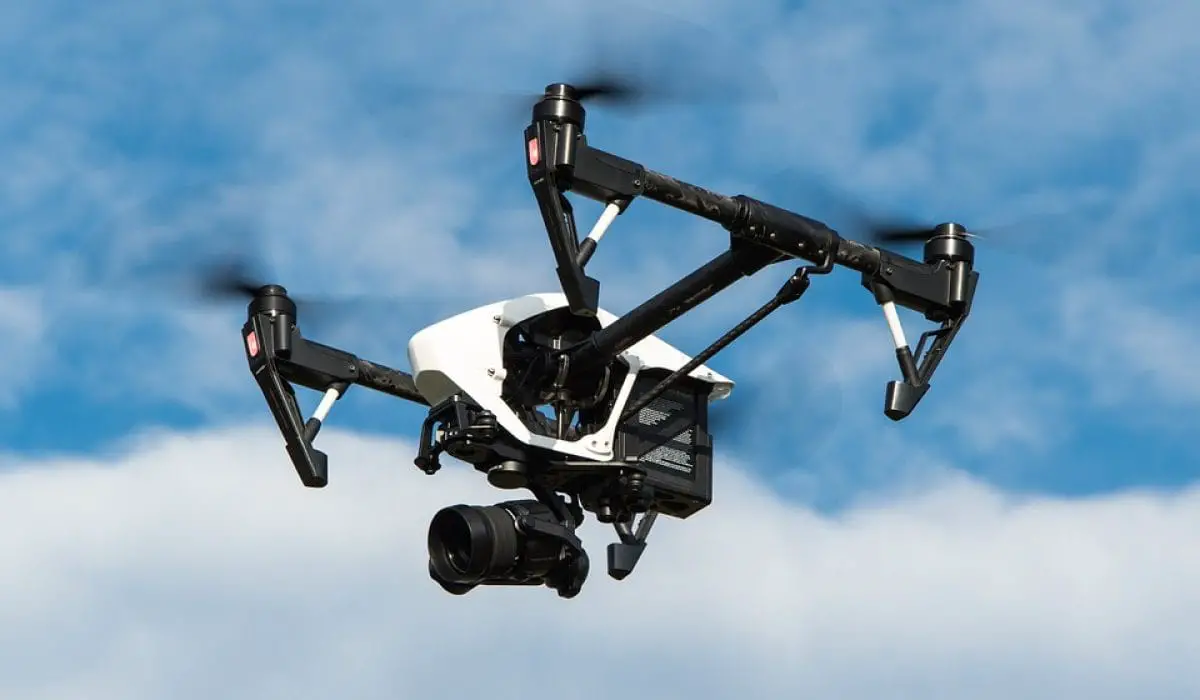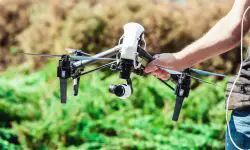As an Amazon Associate I earn from qualifying purchases.
What is a Drone?
In technical terms, a drone can be described as an unmanned aircraft or an unmanned aerial vehicle (UAV). These robots can be controlled through a remote controller or in some instances, they can be configured to fly independently with the help of on-board embedded systems that work in collaboration with sensors and motors. In the past, drones usage was primarily limited to military purposes where they were used as weapon carriers and in intelligence gathering. However, things have changed in the recent past and drones are now being used for other civilian purposes such as search and rescue, fire-fighting and even weather monitoring. Some people also fly drones just for recreational purposes.
(UAV). These robots can be controlled through a remote controller or in some instances, they can be configured to fly independently with the help of on-board embedded systems that work in collaboration with sensors and motors. In the past, drones usage was primarily limited to military purposes where they were used as weapon carriers and in intelligence gathering. However, things have changed in the recent past and drones are now being used for other civilian purposes such as search and rescue, fire-fighting and even weather monitoring. Some people also fly drones just for recreational purposes.
What is LIDAR?
LIDAR is an acronym for Light Detection and Ranging. It can be defined as a remote sensing method that employs the use of light and laser to measure the distance to earth. The laser emitted from the devices is combined with more data that is collected by the system to give accurate details and measurement regarding the earth and its surface. Traditionally, aircrafts and helicopters have been used to collect LIDAR data over a vast area. However, recent technological advances have also led to drones being used to collect LIDAR data.
that employs the use of light and laser to measure the distance to earth. The laser emitted from the devices is combined with more data that is collected by the system to give accurate details and measurement regarding the earth and its surface. Traditionally, aircrafts and helicopters have been used to collect LIDAR data over a vast area. However, recent technological advances have also led to drones being used to collect LIDAR data.
How LIDAR works?
LIDAR works on the principle of reflection and bounce-back. When light rays are shone on a surface, there will be a reflection once the ray bounces off the surface. The time it takes for the reflected ray to reach the source is then measured. The LIDAR object is designed to send rapid pulses of laser light on a surface of the earth. This happens really fast with speeds of up to 150,000 pulses per second. The object has sensors that are then used to measure the amount of time it takes for the light rays to bounce back to the source. Light is known to travel at a constant speed. This information is equipped in the LIDAR device and the device can then use this data to calculate the distance between the surface and itself with precision. This process happens fast and in quick succession. Using this data, the device can then come up with a high-level map of the surface being measured.
Sourc: http://gsp.humboldt.edu
Several details are required to ensure the data being collected is accurate and with minimal errors. To achieve this, the mobile sensor details including but not limited to height, orientation and even location must also be recorded. This information is important in determining the position of the LIDAR object at the time when the laser was being dispatched and the time it returned. It is much easier when dealing with stationary LIDAR instruments on the ground since only a single GPS location is required to achieve accurate data.
There are two main types of LIDAR detection methods; coherent and incoherent detection. Coherent detection is mainly used in scenarios where there is phase sensitive measurements. They employ the use of Optical heterodyne detection which means they do not require high energy to operate. However, they require more complex instruments in order to deliver high quality data.
LIDAR Sensor for Drone
Modern technology has enabled drones to be fitted with LIDAR sensors that have played a major role in the capturing of imagery and data that required complex aircrafts and experienced crew to accomplish a couple of years back. A LIDAR sensor that has been mounted on a drone is capable of capturing complex data and coming up with conclusions that can be used to make meaningful decisions. LIDAR sensors for drones is an industry that has seen tremendous growth in a period of less than 2 years. The data collected by these sensors is so accurate and outstanding that it is only a matter of time before more industry players can join in the party. These sensors have been used for several purposes including:
1. Collision Avoidance

The LIDAR sensor is fitted with several other components that integrate to come up with precise data that can be used to calculate the exact position of an aircraft and the next object. This helps in ensuring that two objects do not collide while airborne.
2. Above Ground Imagery

LIDAR sensors have also played an important role in collecting data that can be used to calculate the exact distance in space and come up with imagery that shows the exact nature of the landscape. This technology has also been used to inspect crops and other weather patterns that will influence proper decision making.
Drone LIDAR Mapping and Drone LIDAR survey
Since time immemorial, mapping and Survey professional have employed the use of Lidar and photogrammetry for surveying and mapping. The bone of contention has been revolving around the fact that which of these technologies is better than the other. The use of drones has made it easier to create 3D models and come up with detailed data regarding landscape. All you need to achieve this is just a drone and a camera and you are good to go. However, the use of LIDAR for the same purpose has led to a particular group of people claiming that it is indeed superior to photogrammetry.
The use of drones in mapping and survey is advantageous because it brings with it the aspect of lower costs. However, it is imperative that one gets acquainted with the knowledge of LIDAR sensors and photogrammetry.
Drone LIDAR mapping
Drone LIDAR mapping is mainly used to curve out the entire map of a geo-location based on the data received by the LIDAR sensors. This data is interpreted using complex sophisticated equipment attached on the drone and maps out the exact nature and pattern of an area. Thanks to the high accuracy of the data collected, drone LIDAR has played an important role in creation of high resolution maps that can be used for building and vegetation mapping.
Drone LIDAR survey
Survey methods using LIDAR technology has increased in the recent past thanks to the high detail data collected by the LIDAR sensors. The data collected from this kind of survey is highly detailed in comparison to that collected from photogrammetry and covers a much wider area. In the past, the data collected by LIDAR sensors presented a lot of challenges to those who needed its interpretation. It was not until recent invention of more sophisticated computer software that the data could be analyzed and interpreted into meaningful information. The LIDAR survey technology has necessitated the survey over a large area that was previously impossible.
Pros of Using LIDAR on Drone
There has been a recent boom in the use of civilian drones. However, professionals have found greater meaning and advantages in using drones fitted with LIDAR sensors. Below are some of the advantages of using LIDAR on a drone.
1. Automated Mapping
Depending on the strength of the sensor and the nature of the drone, the drone is capable of flying autonomously over a given area and capture accurate data regarding that area. The data could include high resolution pictures and infrared images that can then be stored for future analysis. Also, depending on the strength of the sensor and the capabilities of the drone, the data can be relayed straight to earth for interpretation or it can be stored in the drone for later analysis.
2. Cadastral Surveying
Drones fitted with LIDAR are important especially to surveyors who want to define land boundaries and for the purposes of buying or selling property. It is also possible for the drone to relay information regarding the land features thanks to its image capturing capabilities. This method of defining boundaries and capturing land properties is not only cheap but also effective in terms of the integrity of the data collected.
3. Corridor Surveying
Drones are generally used to capture images and data for infrastructure facilities all around the world. For instance, many companies around the world rely on drones to capture images of land, property or even urban planning maps for institutions and governments. However, drones fitted with LIDAR sensors relay more detailed data and the images captured can be used in their raw format.
4. Volumetric Calculations
LIDAR drones are also important in the measurement of volumetric calculations that would include things like heap of soil or material extraction pits. The drone would provide a holistic view of the area and give volumetric data of the object under surveillance. This process would be cumbersome and expensive if it was to be done manually by people on the ground. A single sweep of the area with a LIDAR drone will give an accurate data of the exact volume of the heap.
5. LIDAR Mapping
LIDAR drones have made it possible to create high resolution maps of an area. The sensors are designed in such a way that they capture the exact location and distance between objects such as buildings and even hills. This technology has played a great role in creating virtual representations of an area that would otherwise have been very expensive if it were to be done manually.
Cons of Using LIDAR on Drone
Using LIDAR on a drone is one of the best technological advancements in modern times. But this has not come without challenges. Below are some of the limitations of LIDAR on a drone
1. Expensive
The cost of fitting the LIDAR sensors on drones for surveillance purposes is usually very high as compared to other means of data collection. While this has not hindered large multinationals and governments from employing this technology to achieve their objectives, small and medium sized companies still find this a huge challenge. Also, the software for data analysis collected from these missions from space is usually priced highly which also limits its usage.
2. It is Affected by Weather Patterns
The usage of LIDAR on drones is limited to calm weather conditions. This means that for the LIDAR sensors to work properly, the weather conditions must be conducive. The LIDAR pulse, for instance, is absorbed by moisture in wet weather conditions which may hamper the integrity of the data being relayed to the data centers. The pulse reflection will be obstructed and inaccurate data will then be recorded leading to inaccurate conclusions.
3. Data integrity Depends on Surface Conditions
Another limitation of LIDAR on a drone is the fact that the laser relayed to the ground depends on the conditions of the surface. This implies that in terrains where the land is densely populated with trees or has a thick canopy, the data relayed may not be accurate and this may lead to inaccurate inferences.
4. Large Datasets
The data captured by the LIDAR sensors is comprised of very large datasets that require comprehensive analysis and interpretation in order to draw meaningful conclusions. This data requires interpretation and processing which is usually a cumbersome process especially when one lacks the necessary tools of data interpretation.
5. There are no International Protocols
The usage of LIDAR sensors on drones is not guided by any specific international protocols that would inform how data is supposed to be captured or interpreted. This leaves a knowledge gap where each and every player uses any mechanism available to them to capture the data and interpret it with their own understanding. This creates a challenge when it comes to using this data to inform policy that would affect the global standards.
Conclusion:
LIDAR sensors have been in use for a couple of years now and play a huge role as far as mapping and surveillance is concerned. The technology behind the LIDAR sensor is such that the laser from the device is directed on to the earth surface where it is reflected back to the source. The time taken for the laser to hit the object and bounce back is then used to calculate the distance between the object and the sensor using the standard speed of light as a base. The use of these sensors on a drone has only made it even easier for people to access this kind of data thanks to the availability of drones. In the past, helicopters and airplanes were used in place of the drones which made it very expensive. This technology has been used for aerial mapping of the earth’s landscape and aerial surveillance among other important uses.
Amazon and the Amazon logo are trademarks of Amazon.com, Inc, or its affiliates.







